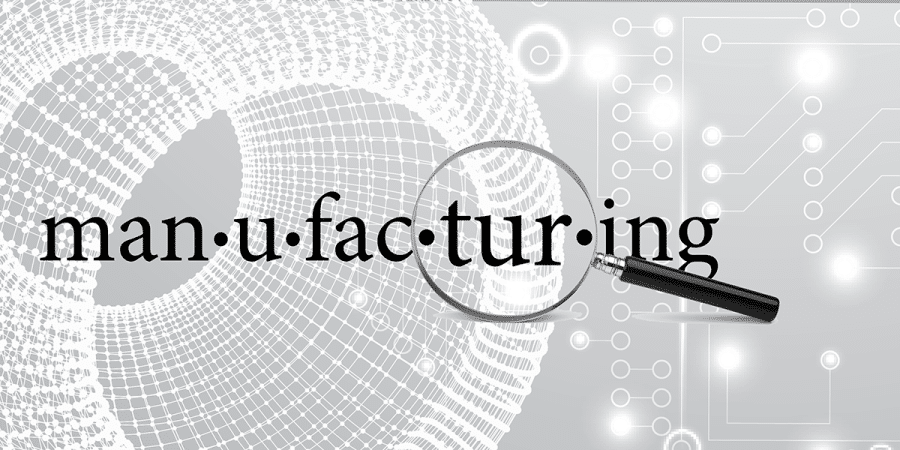Thanks to a tip from the NIST-MEP newsletter, we read this new Congressional Research Service report on how the definition of manufacturing may be becoming increasingly outdated.
Traditionally, manufacturing has been defined as the process of physically transforming goods—that is, activities like molding, cutting, processing, and assembly. Many laws, regulations, and trade provisions promoting U.S.-made goods rest on that definition.
But a growing portion of the value of manufactured goods does not lie in this physical transformation. Non-physical inputs like design, research, and software development constitute an increasing share of a good’s value—and also of the employment associated with that good’s production. That trend is expected to continue.
Those jobs, under our current methods of measuring economic activity, are generally not counted as manufacturing jobs. Moreover, the establishments that employ them are often not counted as manufacturing establishments.
At a time when economic policymaking is increasingly concerned with revitalizing U.S. manufacturing and re-shoring manufacturing jobs, this disconnect matters. It has implications for how we measure manufacturing and how we seek to foster the economic benefits of manufacturing activity in our country—and in New York State. Those design, software, business services, and after-sales service jobs matter.
That said, for an economy that has shifted away from manufacturing and toward services over the past several decades, retaining expertise in manufacturing processes remains critical, even if the relative value of those “physical transformation” activities decreases. It’s as important as ever to educate students and the incumbent workforce in next generation manufacturing skills. Our long-term competitiveness depends in part on that expertise, and not divorcing our strength in R&D and design from an ability to remain at the cutting edge of manufacturing processes.
[heading]Related Reads from FuzeHub’s Blog[/heading]
[post_grid id=”10312″]

